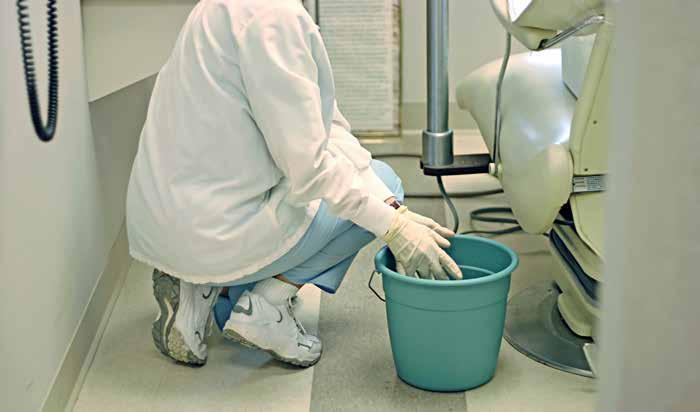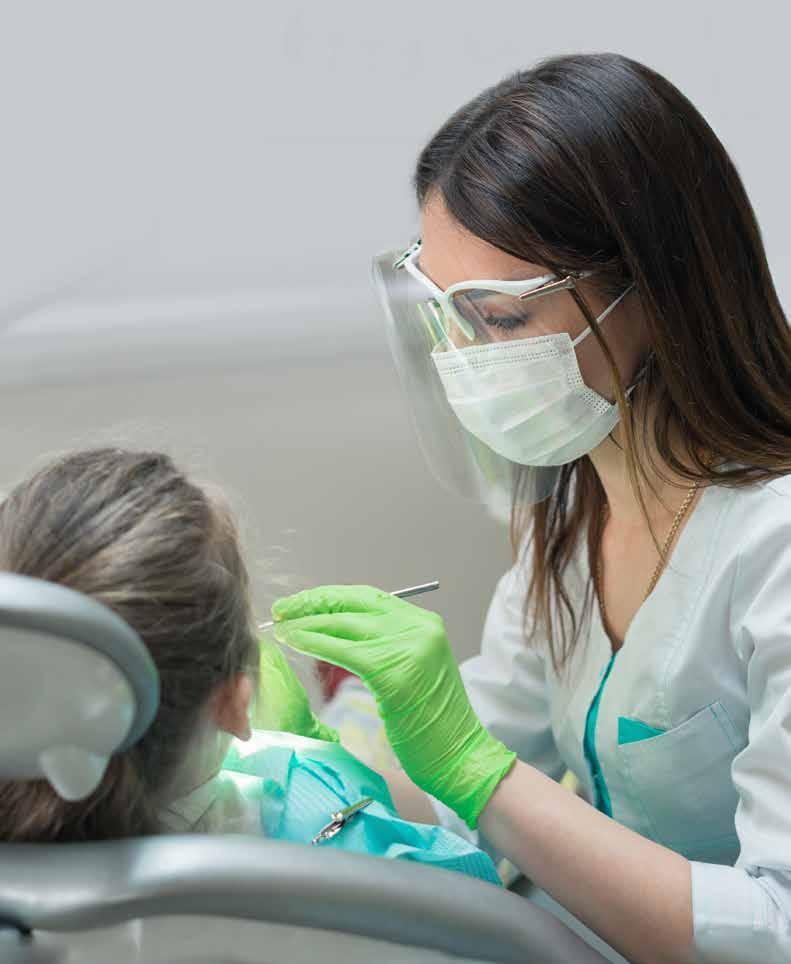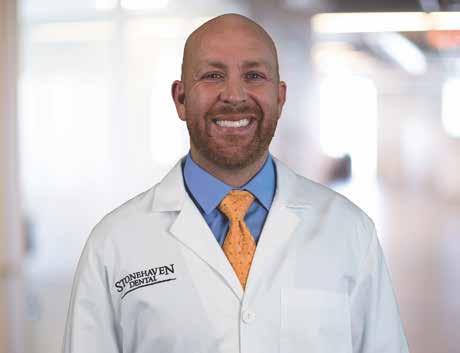> Infection Control
Standard operating procedures for infection prevention Uniformity, efficiency, productivity and competence
By Katherine Schrubbe, RDH, BS, M.Ed, PhD Dr. Katherine Schrubbe, RDH, BS, M.Ed, PhD, is an independent compliance consultant with expertise in OSHA, dental infection control, quality assurance and risk management. She is an invited speaker for continuing education and training programs for local and national dental organizations, schools of dentistry and private dental groups. She has held positions in corporate as well as academic dentistry and continues to contribute to the scientific literature. Dr. Schrubbe can be reached at kathy@schrubbecompliance.com.
32
The military, business and medical literature is filled with information on the creation and utilization of Standard Operating Procedures (SOPs). Designed to create uniformity, efficiency, productivity and competence in the workplace, SOPs are crucial to infection prevention. According to the U.S. Army, an SOP is “a clearly written set of instructions for methods detailing the procedures for carrying out a routine or recurring task or study.”1 In the business world, an SOP may be described as “a step by step guide on how an employee’s work process should run providing detailed guides or guidelines for an employee.”2 In medicine, SOPs can be defined as “a specific set of practices that are required to be initiated and followed when specific circumstances arise. For example, emergency room physicians have SOPs for patients who are brought in an unconscious state; nurses in an operating theater have SOPs for the forceps and swabs they hand to surgeons; and laboratory technicians have SOPs for handling, testing, and subsequently discarding body fluids obtained from patients.”3
SOPs are critical to infection control and prevention in dentistry as well. They create a foundation for team training and effective, site-specific procedures, which have a positive impact on the safety of dental team members and patients.
Efficiency In Group Practice : ISSUE 3 • 2020
Where to begin? The Occupational Safety and Health Administration (OSHA) states that each practice must have an individual designated as the safety manager, while the Centers for Disease Control
dentalgrouppractice.com


















